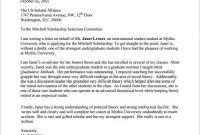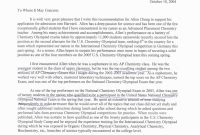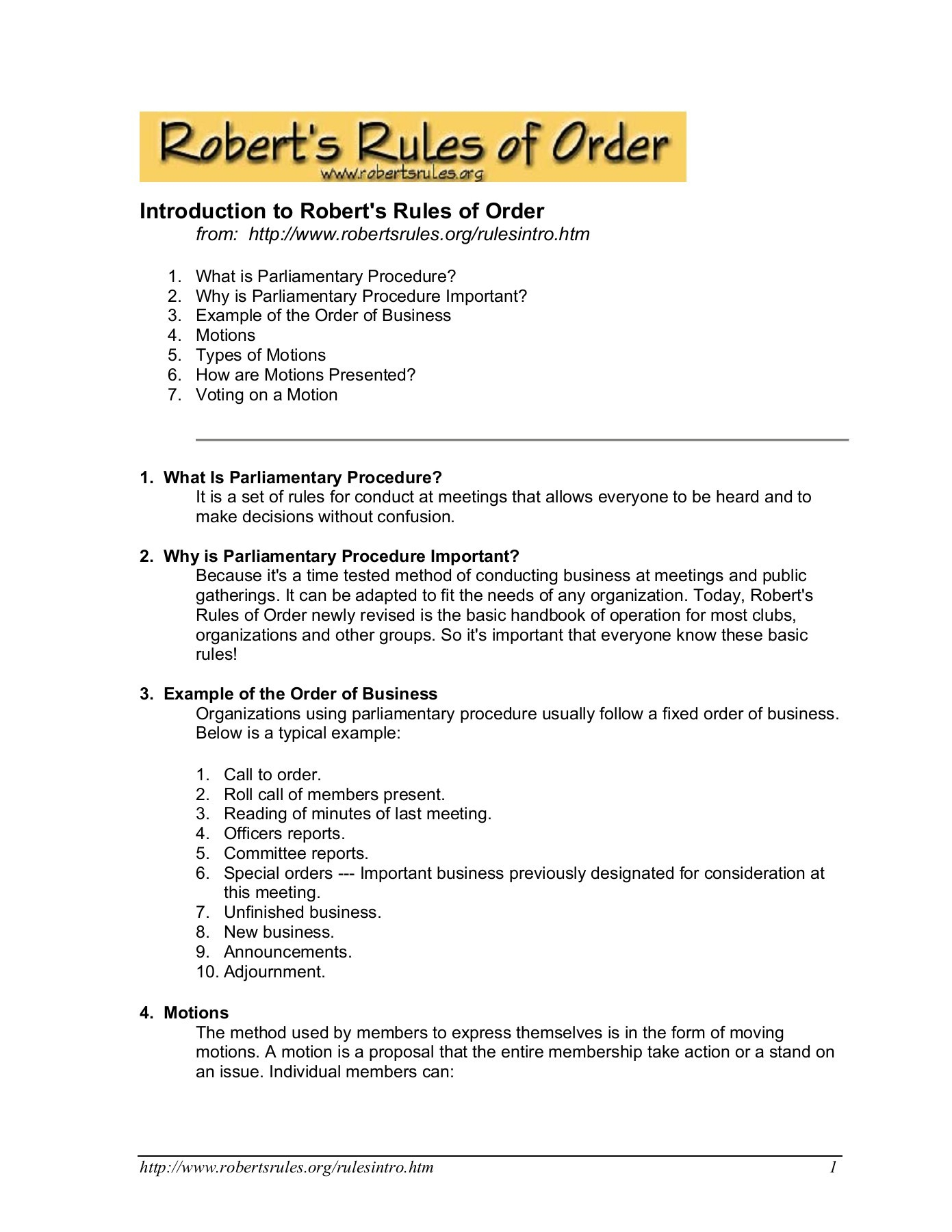 Robert S Rules Of Order Minutes Examples Debandje pertaining to size 1391 X 1800
Robert S Rules Of Order Minutes Examples Debandje pertaining to size 1391 X 1800Robert’s Rules Minutes Template: Recording Meeting Decisions Made Easy
Robert’s Rules Minutes Template – When it comes to conducting efficient and productive meetings, Robert’s Rules of Order is a widely recognized authority. This time-honored guide provides a structured framework for conducting meetings, making decisions, and ensuring fairness. One essential aspect of Robert’s Rules is the process of minute-taking, which involves accurately recording the decisions made during meetings. In this article, we will explore the significance of minute-taking within Robert’s Rules, and delve into the use of a Robert’s Rules Minutes Template to simplify this important task.
Understanding Robert’s Rules of Order
Before we dive into the specifics of minute-taking, let’s grasp the essence of Robert’s Rules of Order. This set of rules, first published by Henry Martyn Robert in 1876, serves as a comprehensive guide to parliamentary procedure. Its purpose is to facilitate smooth and structured decision-making processes in various organizations, from small community groups to large corporations.
One of the fundamental principles of Robert’s Rules is the idea of majority rule, where decisions are made based on the will of the majority while still respecting the rights of the minority. These rules provide a fair and democratic way to conduct meetings, ensuring that every member has an opportunity to participate and voice their opinions.
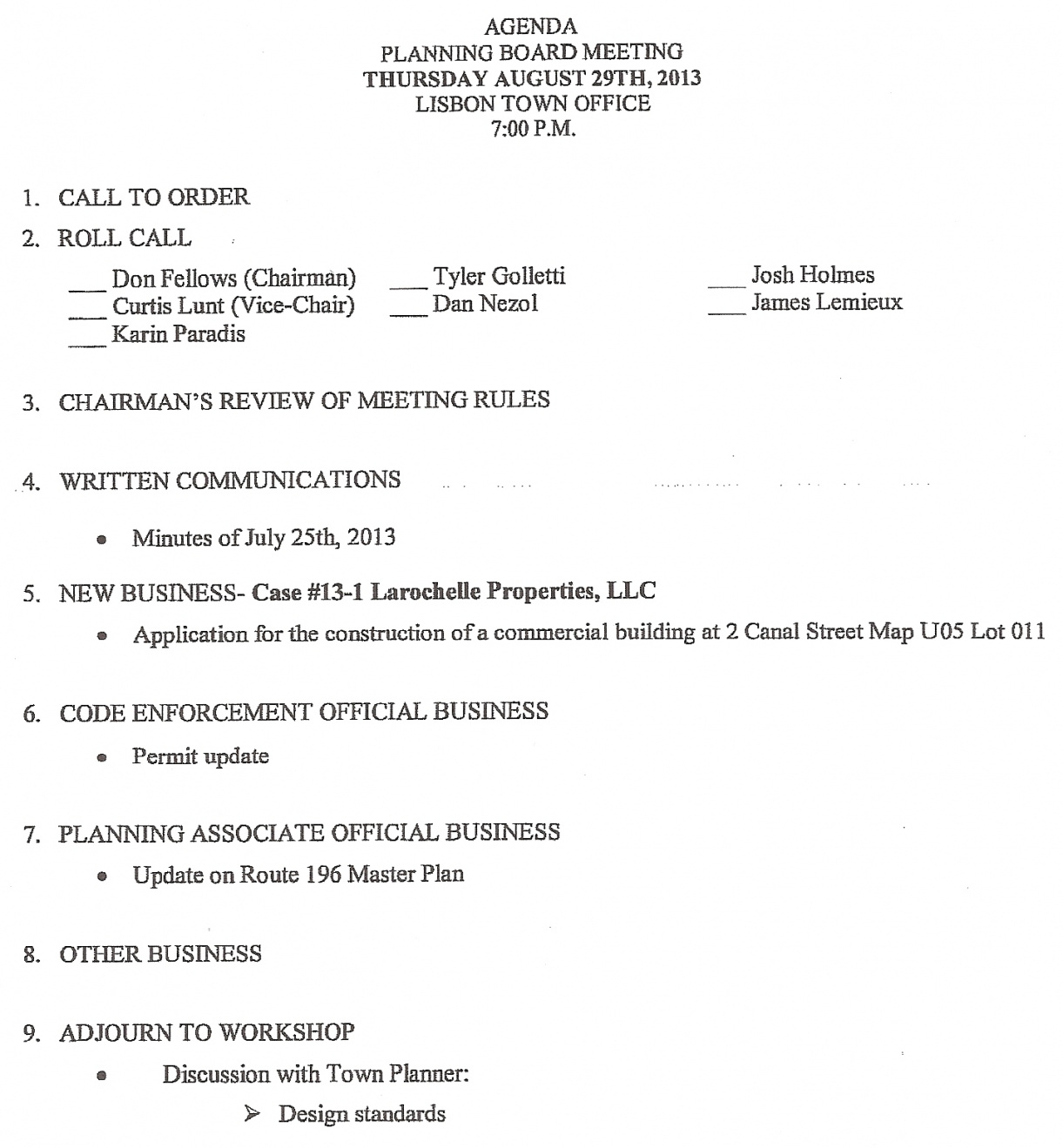 Llc Meeting Minutes Template Debandje pertaining to size 1221 X 1319
Llc Meeting Minutes Template Debandje pertaining to size 1221 X 1319What are Minutes in Robert’s Rules?
In the context of Robert’s Rules, minutes refer to the official record of the proceedings and decisions made during a meeting. They serve as a vital resource for members to refer back to, as well as a historical record of the organization’s actions. Accurate and comprehensive minutes help maintain transparency, accountability, and continuity within an organization.
There are three main types of minutes commonly used in Robert’s Rules: action minutes, verbatim minutes, and summary minutes. Action minutes focus on decisions and actions taken during the meeting, while verbatim minutes provide a word-for-word transcript of the discussions. Summary minutes, as the name suggests, condense the discussions into concise summaries. Each type has its own advantages and may be chosen based on the organization’s needs and preferences.
 Robert S Rules Of Order Minutes Examples Debandje for sizing 768 X 1024
Robert S Rules Of Order Minutes Examples Debandje for sizing 768 X 1024The Importance of Using Templates for Recording Minutes
Recording minutes can be a challenging task, especially for those new to Robert’s Rules. This is where the use of a template becomes invaluable. A well-designed template provides a structured framework that ensures consistency, completeness, and accuracy in recording meeting decisions. It also saves time and effort by providing a ready-made format that can be easily filled out.
Using a template for recording minutes offers several benefits. First, it helps the minute-taker stay organized and focused during the meeting. With predefined sections and prompts, important information is less likely to be overlooked. Second, templates maintain a standardized format across different meetings, making it easier for members to locate specific information. Lastly, templates can be customized to suit the specific needs of an organization, ensuring that all essential details are captured.
Understanding Robert’s Rules Minutes Template
A Robert’s Rules Minutes Template is specifically designed to align with the requirements and structure of Robert’s Rules of Order. It provides a clear and comprehensive outline of the essential elements that should be included in the minutes.
The components of a Robert’s Rules Minutes Template typically include:
- Meeting information: Date, time, location, and type of meeting.
- Attendance: List of members present and absent.
- Call to order: The official start of the meeting.
- Approval of minutes: A record of the approval or amendment of previous meeting minutes.
- Reports: Summaries of committee reports, officer reports, or any other relevant updates.
- Old business: Discussion and decisions related to unresolved topics from previous meetings.
- New business: Introduction and deliberation of new topics or proposals.
- Motions: A detailed account of each motion made during the meeting, including who proposed it and the outcome.
- Voting: The method of voting used and the results of each vote.
- Adjournment: The official end of the meeting.
Filling out the template is a straightforward process. The minute-taker should actively participate in the meeting, capturing important discussions, decisions, and any relevant comments or remarks made by the members. It is crucial to be accurate, impartial, and concise in recording the minutes, reflecting the true essence of the meeting.
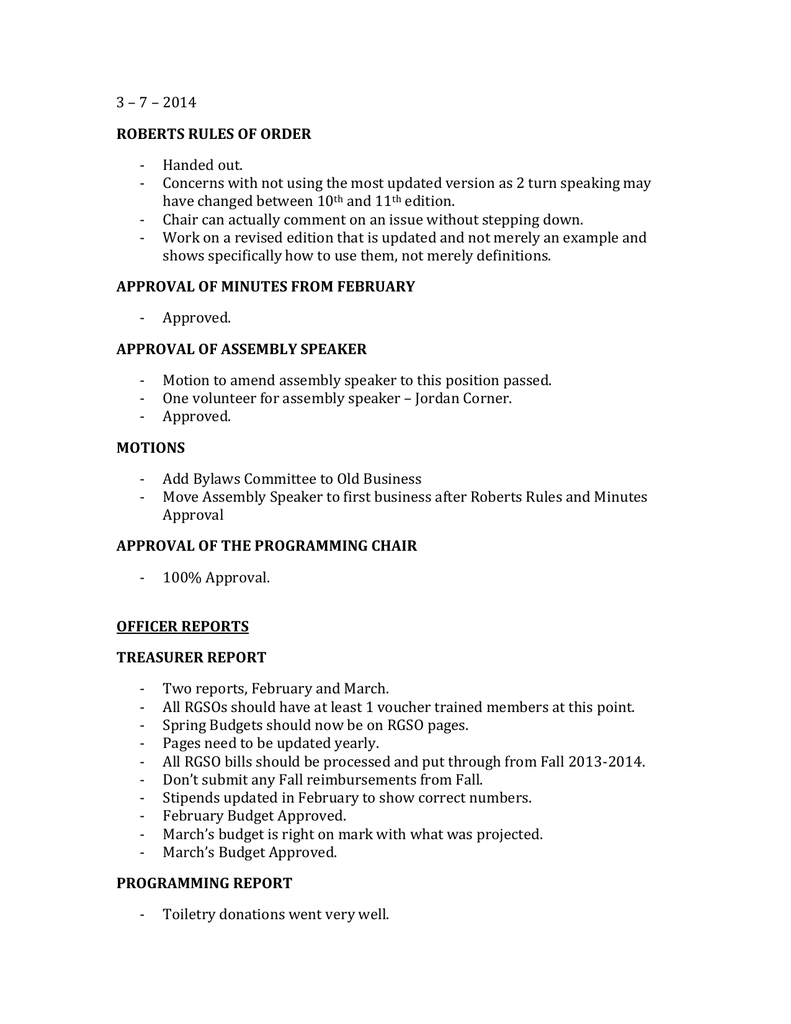 Rules For Meeting Minutes Debandje throughout dimensions 791 X 1024
Rules For Meeting Minutes Debandje throughout dimensions 791 X 1024Examples of Templates for Recording Minutes in Robert’s Rules Meetings
To assist minute-takers in their endeavors, various Robert’s Rules Minutes Templates are readily available on the internet. These templates serve as valuable resources, offering preformatted structures that can be easily adapted to specific meetings.
When choosing a template, consider the specific requirements of your organization and the type of minutes you wish to record. Some templates may focus on action minutes, providing a straightforward layout for decision-making, while others may be more suited for verbatim or summary minutes. It is essential to select a template that aligns with your organization’s preferences and needs.
Once you have selected a suitable template, follow these step-by-step instructions to ensure accurate completion:
- Review the template: Familiarize yourself with the layout and sections of the template before the meeting.
- Gather meeting information: Fill in the meeting details, including the date, time, location, and meeting type.
- Attendee list: Record the names of members present and note any absences.
- Chronological order: Follow the template’s structure and fill in the sections as the meeting progresses.
- Be thorough and concise: Capture the key points, decisions, and actions taken during the meeting.
- Verify accuracy: After the meeting, review the minutes for any errors or omissions before finalizing them.
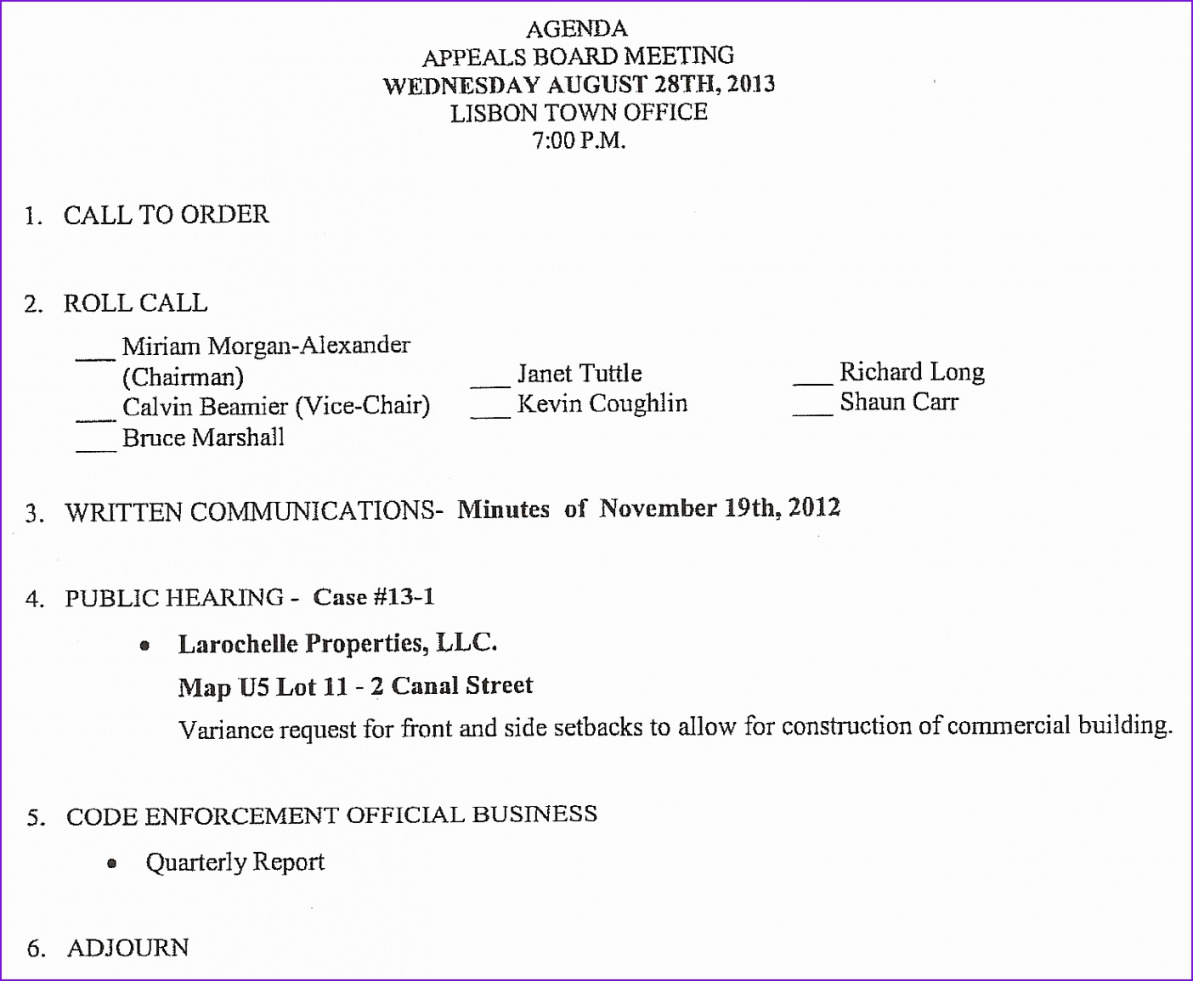 Robert S Rules Of Order Agenda Format Debandje within dimensions 1193 X 981
Robert S Rules Of Order Agenda Format Debandje within dimensions 1193 X 981Conclusion
In conclusion, minute-taking plays a vital role in implementing Robert’s Rules of Order effectively. By accurately recording meeting decisions, organizations can maintain transparency, accountability, and adherence to democratic principles. Utilizing a Robert’s Rules Minutes Template simplifies the process, ensuring that no crucial details are overlooked.
When recording minutes, it is essential to select a template that aligns with the specific needs of your organization. The chosen template should provide a clear structure and include all the necessary components. Remember to be diligent, impartial, and concise in documenting the proceedings, as accurate minutes serve as a valuable resource for both present and future members.
By adopting the best practices of Robert’s Rules and utilizing a well-designed template, minute-takers can confidently fulfill their role and contribute to the success of every meeting. So, embrace the power of Robert’s Rules Minutes Templates and make recording meeting decisions a breeze!
